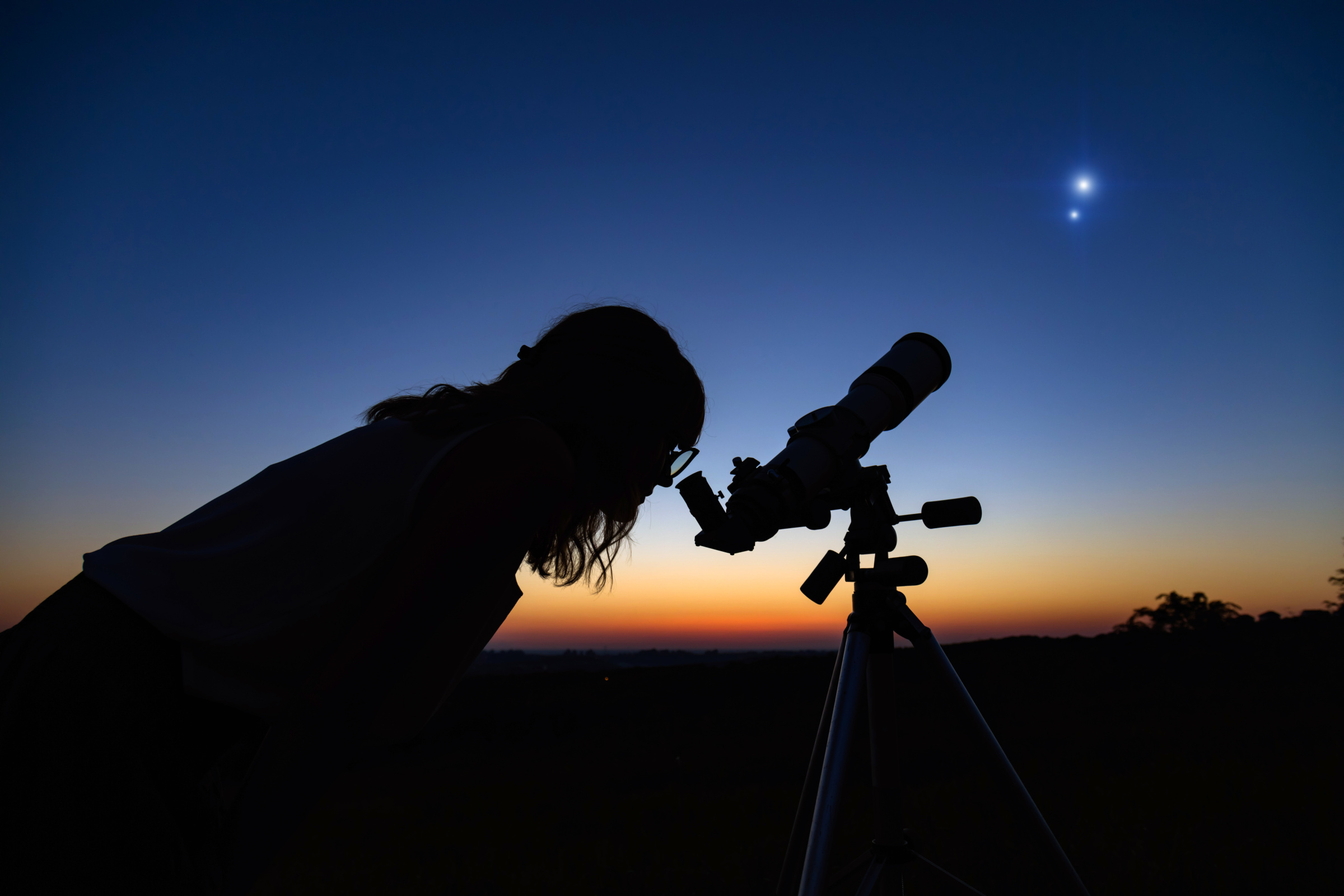The end of March brings with it a spectacular planetary parade for skywatchers to enjoy next week. Five planets will align on March 27, 2022. Mercury, Jupiter, Venus, Mars, and Uranus will be visible in the night sky. This time of year is already hectic, as the Messier Marathon is in full swing, with 110 deep sky objects coming into view throughout various times of the month.
Skywatchers with telescopes and a good knowledge of the sky will no doubt already be staying up late throughout the coming weekend, waiting for a glimpse of these spectacular objects and March’s planetary parade, which will fill the sky on Monday, March 27.
Skywatchers will want to make sure they grab a clear observing site and find an unobstructed view of the western horizon for a chance to catch all the planets lining up for March’s planetary parade. You’ll also want a good pair of binoculars, though a telescope will undoubtedly serve you better if you have one.

Once Monday, March 27, rolls around, head outside around 20 to 25 minutes after the sun sets, Space.com recommends. During this twilight time, you’ll be able to catch the first two planets in March’s planetary parade, Mercury and Jupiter. The viewing time here will be short, too, as both planets will fade behind the horizon within 30 minutes after twilight hits.
Of course, since the sky will still be fairly bright, you’ll need to use your binoculars to spot either of these planets. The third planet in March’s planetary parade will be much easier to see, as Venus will appear in the night sky once the sun has completely set. The fourth planet in the parade, Mars, will be viewable in the sky when looking out at the portion of the sky to the upper left of the Moon’s figure.
The final and fifth planet visible in this alignment is Uranus. Uranus has been the butt of many research attempts lately, with scientists pushing hard to send probes to Uranus, so we can finally learn more about this blue planet. To spot it, look to Venus and then three degrees to the upper left. To measure the degrees, hold your arm out and clench your fist, then measure roughly one-third of the width of your clenched fist.
March’s planetary parade is nothing to scoff at, and catching sight of all the planets in this spectacle will be quite a challenge, especially if you’re new to skywatching. But, if you can bag a sighting of each planet, you can give yourself a pat on the back.








